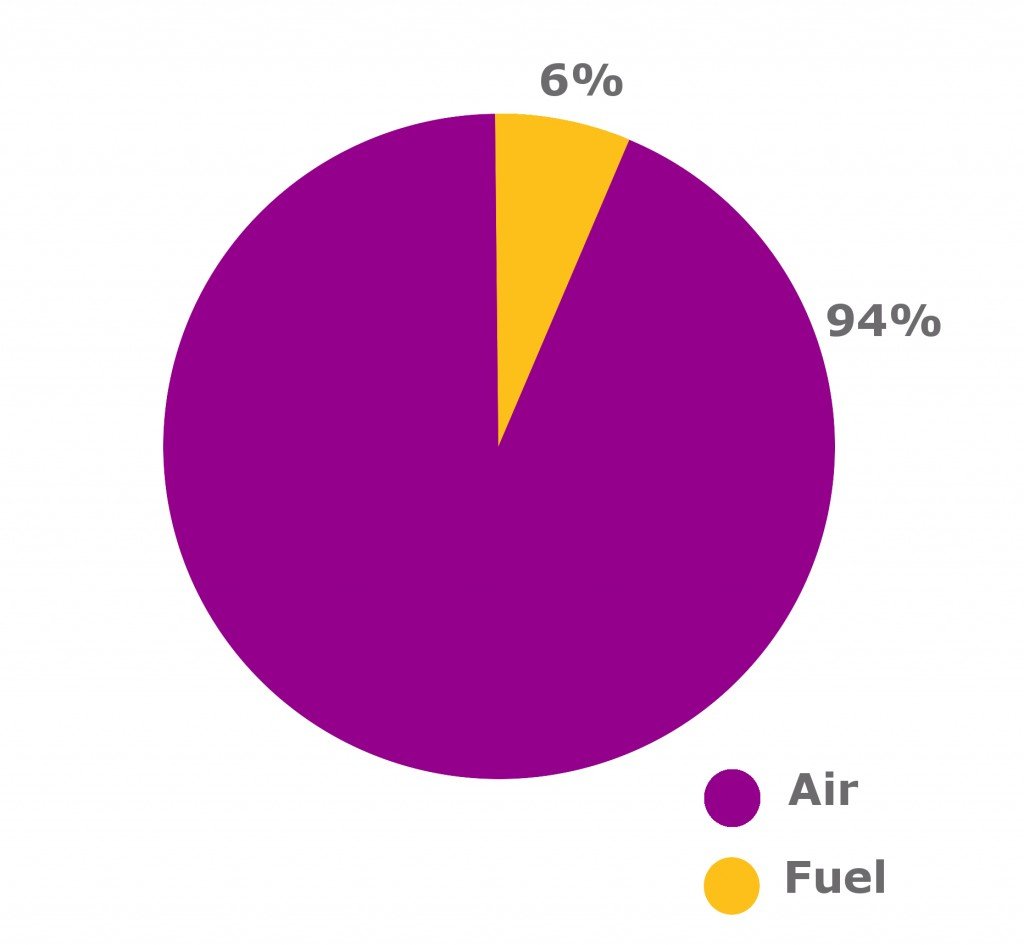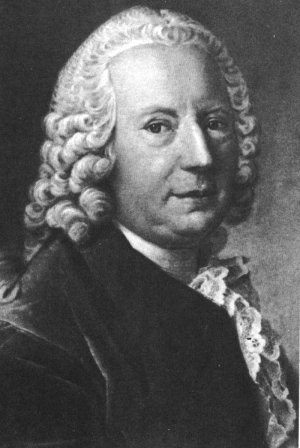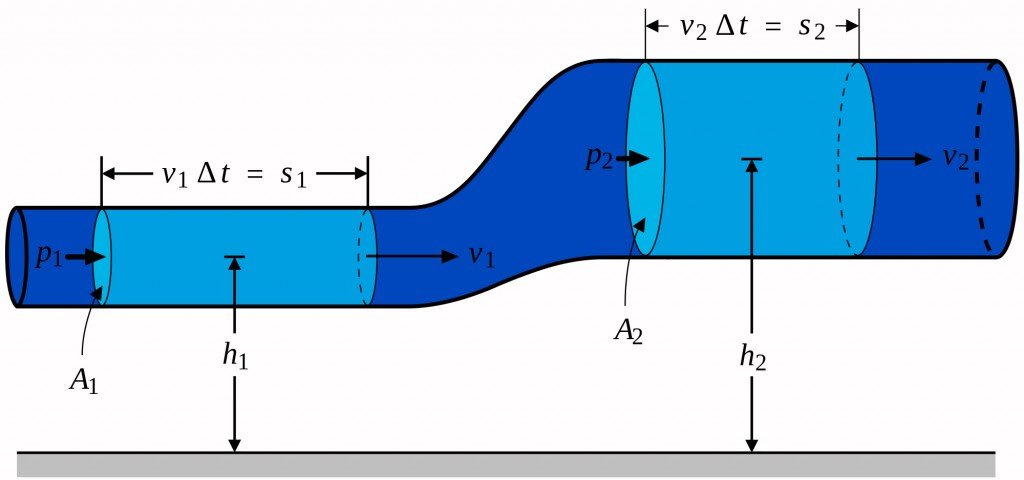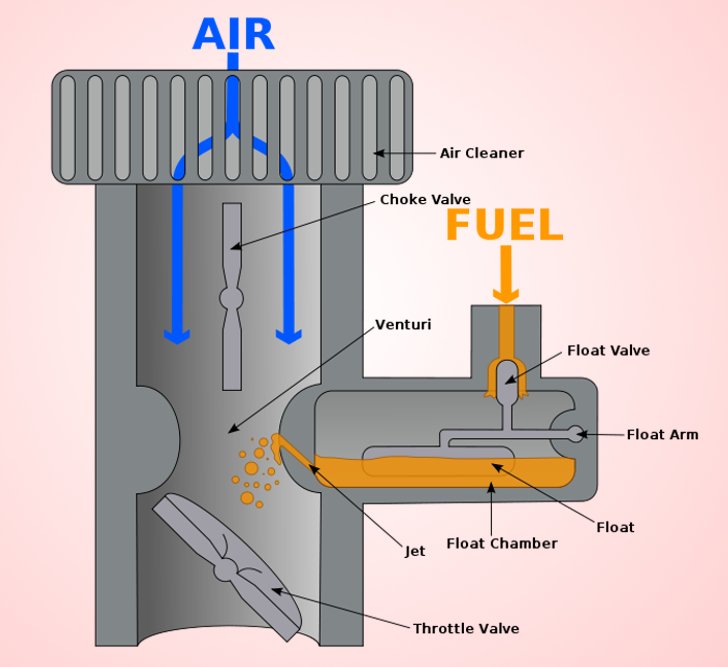Table of Contents (click to expand)
A carburetor works by mixing air and fuel together and then drawing it into the engine. The carburetor contains a choke and a throttle which help to control the mixture of air and fuel. The carburetor also has a fuel feed chamber which helps to regulate the amount of fuel being drawn into the engine.
If you have ever come across an automobile vehicle revving up (mostly motorbikes), that growl is due to the main component in the engine known as the carburetor. Now, while most of today’s vehicles work on a fuel injection system, the carburetor was the first advancement to revolutionize how the engine in automobiles consumed fuel. Before we look at the principle and operation of the carburetor, let’s look for a moment at how an engine burns fuel.
How Does An Engine Burn Fuel?
Engines are dependent on mechanical and chemical principles. The primary goal of an engine is to change heat energy into mechanical energy. The process of combustion within an engine consists of mixing fuel with air and then burning it to start the process of combustion. When fuel is ignited with a combination of air, it releases heat energy, carbon dioxide and water (other substances are produced, but these are the main ones we will consider). To obtain the maximum amount of efficiency while burning any fuel, we need to add a lot of air.

Stoichiometric Mixture
Oxygen is the main ingredient that helps the fuel burn more efficiently. An ideal situation is where there are enough oxygen atoms to burn all the atoms of fuel. This mixture is known as a stoichiometric mixture. If there is too much air, the engine is said to be burning ‘lean’, whereas if there is too much fuel, the engine is said to be burning ‘rich’. If an engine has more air, it creates a more fuel-efficient engine. If the engine burns more fuel, it delivers better performance.
Also Read: What Are Natural And Forced Induction In Internal Combustion Engines?
Principle

A carburetor works on one principle, known as Bernoulli’s Theorem. The Bernoulli Theorem was discovered by the Swiss mathematician and physicist Daniel Bernoulli. The Bernoulli Theorem denotes the pressure acting on the point of the liquid and the velocity of the particles. The Bernoulli Theorem states that “the total energy of a small amount of an incompressible liquid flowing from one point to another remains constant throughout the displacement.”

Using the above principle, the primary job of the carburetor is to make air move faster so that both low static pressure and high dynamic pressure are created. The accelerator (or throttle) in any automobile does precisely this with a carburetor. It does not directly control the amount of fuel being used. However, it does control the carburetor mechanism, which controls the amount of air that flows into the engine. The speed of this air flow changes the static pressure, which in turn draws in a certain amount of fuel that is pulled up and used.
Also Read: How Does The Gas Pump Automatically Shut Off When The Tank Is Full?
Operation Of A Carburetor
Carburetors come in various degrees of complexity and design. The simplest model of a carburetor comes in the form of a single vertical air pine located above the engine cylinders, along with a horizontal fuel pipe joined to its side. The air flows down the vertical pipe and acts as a gateway to the narrow middle part (the kinked section). The kinked central part is called the Venturi, and it significantly speeds up the air flow. This increase in the speed of the air causes a fall in pressure, which creates a sucking effect and draws in air from the fuel pipe attached to the side.

The air that is sucked out also pulls fuel along with it. The next logical question is – how is the air-fuel mixture controlled? The carburetor contains swiveling tow valves in the venturi. At the top, the valve is called the choke. The choke controls the amount of air that flows in. If the choke is in its closed position, only a small amount of air can enter the venturi, while a larger amount of fuel is drawn in. This makes the engine consist of a more fuel-rich mixture. The advantage arises when one would like to start an engine or when the engine is cold. The bottom part of the valve contains a secondary valve known as the throttle. The more the throttle is open, the more air flows into the carburetor. The more air that flows into the carburetor, the more fuel it pulls in from the horizontal fuel pipe attached to it. This makes the engine produce more energy and deliver more power, which makes the automobile go faster. So, whenever you push down on the accelerator, you’re giving the engine more oxygen and fuel to burn.
The fuel pipe attached to the carburetor consists of a miniature fuel tank called the fuel feed chamber. This is a small tank with a float and a valve inside it. Whenever the fuel pipe continues giving fuel to the carburetor, the float valve present inside it will sink. When this happens, it draws more fuel into the fuel chamber directly from the gas tank. Once the fuel chamber is full, it rises, thereby closing the pathway from the gas tank to the fuel chamber.
So, next time you go out for a joyride and put your foot to the pedal, you will understand why your car speeds up!
How well do you understand the article above!

